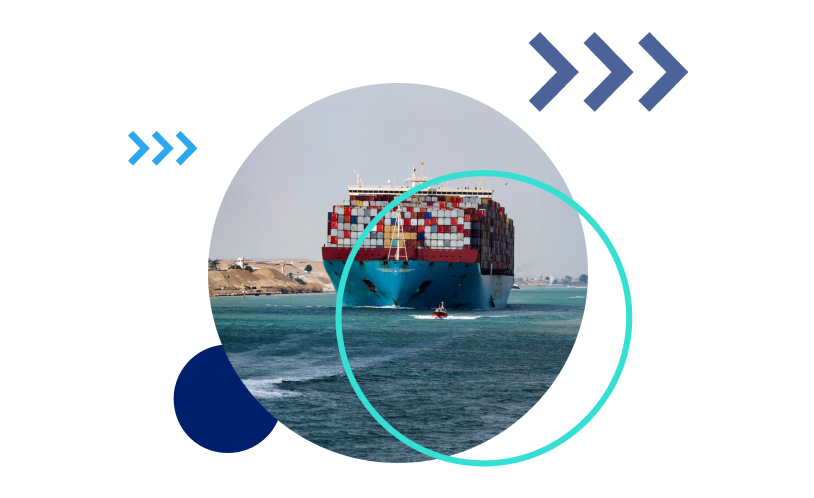The Impact of Panama Canal Drought-Related Restrictions on Shipping
The Panama Canal, a critical conduit for global maritime trade, is currently facing a complex situation exacerbated by prolonged drought conditions. These challenges have prompted the Panama Canal Authority to implement restrictions, affecting shipping routes and raising concerns about capacity and delays, particularly for vessels involved in Asia-US East Coast (US EC) trade.
The prolonged drought has been a significant factor contributing to the current situation at the Panama Canal. In response to water conservation needs, the Panama Canal Authority announced a reduction in daily transits. This move, initiated during the summer months, has intensified, with daily transits decreasing from the usual 36-40 range to as low as 22. Plans are underway to further reduce transits to 20 or 18 in January and February.
Impact on Capacity
The reduction in daily transits has sparked concerns regarding the capacity of the Panama Canal, particularly for vessels engaged in Asia-US EC trade. The decrease in transits implies potential delays for ships crossing the canal, affecting the efficiency of global shipping networks.
To manage the impact of restrictions, container vessels have been given priority for reserved slots at the canal. This prioritization ensures that many carriers continue to utilize the canal for their ships. However, exceptions have been noted, with some alliances opting to reroute vessels. An example includes THE Alliance rerouting its ships to the Suez Canal in December.
Carrier Responses
Facing the challenges presented by the canal restrictions, some carriers have made strategic decisions to adapt to the situation. Maersk, for instance, announced that one of its services would no longer transit the Panama Canal. Instead, containers are transloaded across Panama by truck to a transatlantic service. This strategic move has been mirrored by other carriers, with some offloading East Coast volumes in Mexico.
Future Expectations for the Panama Canal Shipping Route
The Panama Canal restrictions are anticipated to persist until the arrival of the rainy season in April or May. While the situation has resulted in disruptions, particularly for non-container vessels and those without reserved slots, container shipping has, so far, maintained relative stability. Rates and delays for container shipping have not seen a major impact, and the situation is expected to continue with relative stability until the rainy season in the second quarter.
The Panama Canal is navigating challenges induced by drought-related restrictions, with a reduction in daily transits and concerns about capacity. Container vessels are being prioritized, although strategic decisions by some carriers to bypass the canal have been noted. The situation is expected to endure until the arrival of the rainy season, with relative stability anticipated for container shipping. Stakeholders in the global shipping industry are closely monitoring developments in this critical maritime artery.
To read about other topical shipping news such as the situation in the Red Sea, click here for weekly freight updates.


